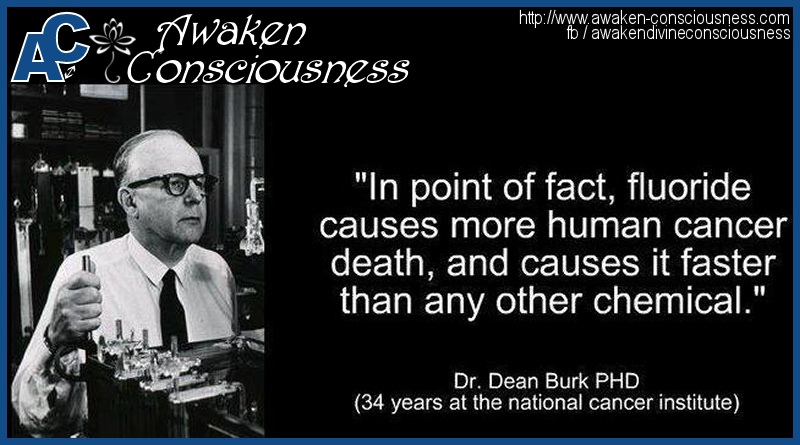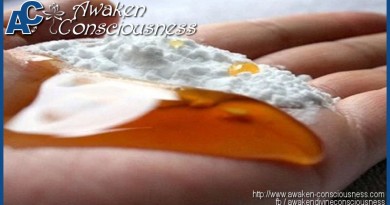Fluoride doped hydroxyapatite in soft tissues and cancer
Fluoride doped hydroxyapatite in soft tissues and cancer.
Fluoride doped hydroxyapatite in soft tissues and cancer. A literature review.
Abstract
Introduction
Weight of Evidence for Fluoride as a Carcinogen
Support us with a cup of coffee?
If you like what Awaken Consciousness is offering you, would you please support us by buying us a cup of coffee? Any support and donation is very welcome and will allow us to keep going just a little longer and keep this website add free. Just slide the slider left <- or right -> to change the amount of coffee you'd like to share with us 😉 Thank you !
DNA Damage by Fluoride
Fluoride and Insulin-like Growth Factor
Fluoride and Melatonin Suppression
Bladder Cancer
Bone Cancer
Fluoride intake was not examined.
Brain and Pituitary Gland Cancer
Breast Cancer
Cervical and Endometrial Cancer
Colon and Rectum Cancer
Support us with a cup of coffee?
If you like what Awaken Consciousness is offering you, would you please support us by buying us a cup of coffee? Any support and donation is very welcome and will allow us to keep going just a little longer and keep this website add free. Just slide the slider left <- or right -> to change the amount of coffee you'd like to share with us 😉 Thank you !
Oesophagus Cancer
Gallbladder Cancer
Hodgkin’s Disease
Kidney Cancer
Leukaemia
Liver Cancer
Lung Cancer
Lymphoma
Myeloma
Nasal and Sinus Cancer
Oral Cavity Cancer
Ovarian Cancer
Pancreatic Cancer
Prostate Cancer
Skin Cancer
Stomach Cancer
Testicular Cancer and Progesterone Synthesis
Thyroid Cancer
Uterus Cancer
Long-lost research linking fluoride to cancer has resurfaced in a Dutch film clip featuring Dr. Dean Burk, who in 1937 cofounded the U.S. National Cancer Institute (NCI) and headed its cytochemistry department for more than 30 years. In the taped interview, he equates water fluoridation to “public murder,” referring to a study that had been done on the 10 largest U.S. cities with fluoridation compared to the 10 largest without it. The study demonstrated that deaths from cancer abruptly rose in as little as a year or two after fluoridation began. This and other studies linking fluoride to cancer were government-ordered but were quickly buried once fluoride was found to be linked to dramatic increases in cancer.
Conclusion
Support us with a cup of coffee?
If you like what Awaken Consciousness is offering you, would you please support us by buying us a cup of coffee? Any support and donation is very welcome and will allow us to keep going just a little longer and keep this website add free. Just slide the slider left <- or right -> to change the amount of coffee you'd like to share with us 😉 Thank you !
Support us with a cup of coffee?
If you like what Awaken Consciousness is offering you, would you please support us by buying us a cup of coffee? Any support and donation is very welcome and will allow us to keep going just a little longer and keep this website add free. Just slide the slider left <- or right -> to change the amount of coffee you'd like to share with us 😉 Thank you !




